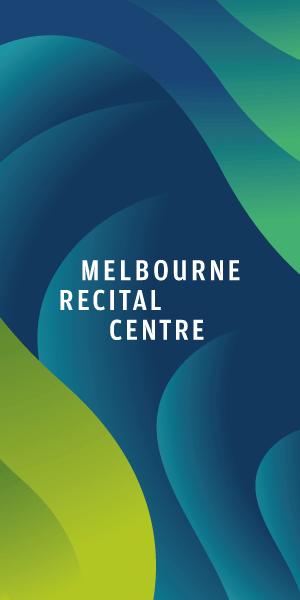An elegant colossus reaches for the sky
Captured by amateur photographer Pierre Robin in early September 1959, this is one of the last photographs to capture the solid presence of the Colonial Mutual Building on the north-west corner of Collins and Elizabeth streets.
It rises here from a busy urban setting, trams running along the two major thoroughfares, jostling for space with pedestrians and vehicles. In the foreground is an iconic two-toned Holden FE station wagon, the epitome of Australian-produced modernity.
In contrast to the bustle around it, the Colonial Mutual Building rises high into the sky, its solid presence dominating the skyline. When it was built in the early 1890s it was touted as “the grandest building in the Southern Hemisphere”.
Designed by Austrian architect Edward E Raht for the Equitable Life Assurance Company of America, only the best would do.
Built by David Mitchell (Dame Nellie Melba’s father), who was also responsible for building the Exhibition Buildings, Scots Church and St Patrick’s Cathedral, there was nothing but praise for the sophistication and luxury of its finish, inside and out.
The exterior of this Italian Renaissance building was made of grey granite from Harcourt, the Collins St entrance overseen by a magnificent sculpture – of a female figure protecting a woman and her two children – by Austrian sculptor Victor Tilgner. The roof and downpipes, all copper, gleamed.
Inside was equally spectacular – pink granite from Cape Woolamai on Phillip Island; marble from Italy and Belgium; window frames, doors and ceilings of high-quality cedar, all joined without recourse to nails.
So why did it have to go? It seems that the beautiful interiors and exteriors, all high spec, all deliciously detailed, were too expensive to maintain and convert to the needs of the modern workplace, so Whelan the Wrecker was called in and demolition began.
It took almost 12 months to demolish. The building disappeared, but not all of its fabulous features went with it. Some Harcourt granite was used in the new building. Some of the marble fittings and interior timber went to other buildings. A copper time capsule found during demolition went to the New York headquarters of the Equitable Life Assurance Company.
The Tilgner statue found its way to Melbourne University. And 25 blocks from the building’s exterior were incorporated into a sculpture outside the Melbourne Museum.
The photographer, Pierre Robin, knew that he was recording a city in transition and thanks to him, the Royal Historical Society of Victoria has more than 400 of his slides documenting the changes he witnessed in his wanderings around the CBD in the late 1950s and the 1960s. •

City of Melbourne unveils next urban forest plan for the CBD







 Download the Latest Edition
Download the Latest Edition